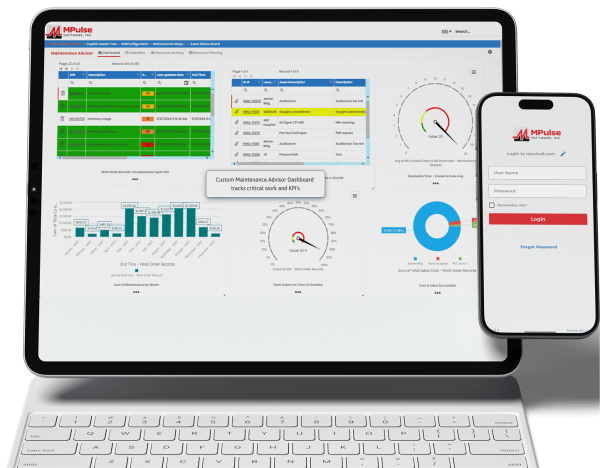Performance management is a long-established approach to measure employee efficiency and productivity. But the maintenance team has historically flown under the radar, and many maintenance managers haven’t focused on performance management.
But the emergence of data-driven management (i.e., making management decisions backed by reliable data) has changed that. Technological advances—like CMMS software—have continued to make more and more detailed, relevant data available.
And with that increased capability comes increased opportunity to improve organizational performance at all levels, and in all departments—including the maintenance team.
Performance Management in the Maintenance Department
For your organization’s executive and management team, performance management is a process where the organization identifies its goals and objectives, determines available resources (including labor, inventory, materials, etc.), and sets priorities.
For the maintenance manager and technicians, it’s an opportunity to clarify the department’s goals and the competency, skills, and knowledge required to meet those goals.
Performance management in the maintenance department achieves five things.
- Communication: CMMS software helps maintenance managers communicate with employees about their goals, job responsibilities, key deliverables, and performance standards.
- Development & Training: With solid performance management data from CMMS software, maintenance managers can identify areas to improve employee performance through formal training, mentoring, coaching, etc.
- Administrative & Human Resources: Performance management systems are often the basis for human resources and administrators to determine an employee’s promotion, demotion, salary increment, transfer, or termination.
- Goal Setting: Performance management reviews provide maintenance managers with the information needed to plan for the future—including setting new benchmarks, designing training programs, and creating goals for both employees and the department as a whole.
- Documentation: The performance management process enables maintenance managers to track safety training records, certifications, attendance, overtime, and productivity. This information also helps organizations follow standards for regulatory agencies like the Occupational Safety and Health Administration (OSHA).
Beyond these practical purposes, a performance management system also can help maintenance managers show people in positions of authority what your maintenance program does and the value you bring to the organization. It’s another way to share your projects, goals, accomplishments, and results for both the department and for your team members. And that comes in handy when you need approval for pay increases, new equipment, or special projects.
How could your organization use performance management? Contact us!






